► The CAR magazine guide to mild hybrids
► Discover how a mild hybrid car works
► How a mild hybrid could benefit you
If you’re shopping for a new car, you may want something economical and environmentally friendly. After all, fluctuating fuel costs and ever-expanding low-emissions zones are understandably driving many to change their cars. And, if you search for efficient new or used cars, you’ll probably encounter lots of mild hybrids – but what is a mild hybrid car, and how can it benefit you?
A mild hybrid is, effectively, a petrol or diesel car that benefits from some form of light electrical assistance. This usually takes the form of a small integrated starter-generator (ISG) that replaces the car’s conventional alternator, which is supported by an additional compact lithium-ion battery.
The ISG is typically used to assist the engine when accelerating, reducing its fuel use, and often works to capture the energy that would otherwise be wasted during braking and deceleration. The net effect is often a claimed reduction in fuel consumption, reduced emissions and improved performance.
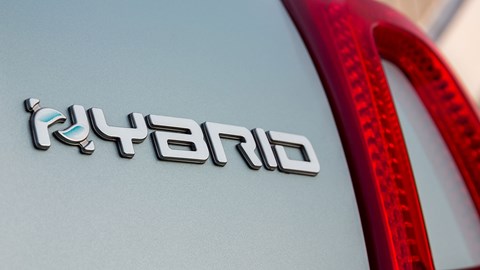
What the system can’t do, and what differs it from more expensive and complicated full hybrids, is to drive the car on electric power alone. And, unlike a more capable and flexible plug-in hybrid, they cannot be charged with an external charger.
Why might I consider buying a mild hybrid car?
What’s particularly advantageous is that the technology used to deliver improved efficiency in mild hybrids is not overly complicated. This means that mild hybrids don’t command the premiums of full- or plug-in-hybrid alternatives, or pure electric cars, allowing you to get a more efficient car without breaking the bank. They’re also lighter, due to their smaller batteries and reduced hardware needs.
Many buyers may also appreciate the fact that mild hybrids, as well as being cleaner and more economical than conventional petrol or diesel cars, are easy to live with. There’s no charging required, and no difference to the way they operate or behave; you simply get in and drive, just like a regular car with a standard engine.
What kind of choice is there for mild hybrids?
Just because mild hybrid technology is less complicated doesn’t mean that it’s only offered in less expensive cars, though; brands such as Audi and BMW employ it, as do companies such as Suzuki, Renault and Fiat with its 500 Hybrid (below).
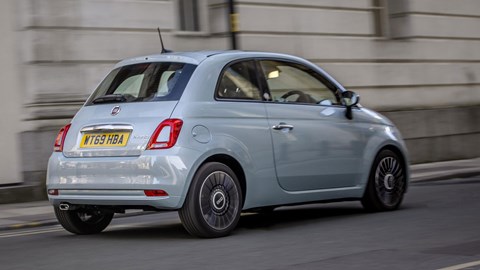
And, of particular note to some, lots of mild hybrids are available with a manual gearbox – so if that’s your preferred transmission of choice, a mild hybrid could be the only viable option.
Keep an eye on the specifications, too, if you’re looking at hybrid cars. Some manufacturers might call a car a hybrid, but it might just be a mild hybrid. Check out our car reviews if it’s not clear what a car is using in the manufacturer brochure or details, as we’ll break down the technical specifications for you and explain how well the featured system works.
You may also see them dubbed MHEVs: Mild Hybrid Electric Vehicles.
Tell me more about mild hybrid technology
Mild hybrids are popular with manufacturers because they grant efficiency and performance improvements without requiring lots of new hardware and engineering.
A mild-hybrid system can serve up these advantages without requiring heavy and bulky battery packs, additional motor and drive systems, and so on. Because they are less complicated and cheaper, they also allow manufacturers to easily add a more accessible type of efficient hybrid to their line-up.
Generally, a mild hybrid car will feature a small motor-generator unit in place of a conventional alternator, which would normally charge the battery in a regular car. This motor-generator unit, sometimes called an integrated starter generator (ISG), will often be supported by a small lithium-ion battery pack.
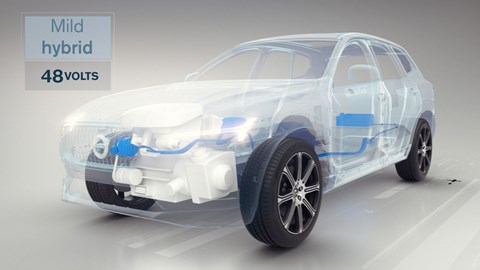
Using energy from this battery, the ISG can start the engine and provide assistance during acceleration. In many applications, it will also capture energy using regenerative braking, converting the car’s kinetic energy to electrical energy when it is decelerating and storing it in the lithium-ion battery. This energy can then be used as required later, reducing generation demands and boosting efficiency further.
Mild hybrids can also shut down the engine when power isn’t needed, in the same way that conventional cars with start-stop systems do, saving fuel and reducing emissions by not unnecessarily idling or running the engine – such as when slowing or coasting. Other advantages include smoother and quieter starting, thanks to the starting capabilities of ISGs.
Some more advanced or expensive mild hybrids will use a 48-volt electrical system. This is higher than the 12-volt system that is otherwise employed and allows for more significant and efficient electrical assistance in an easily managed and sensibly priced package.
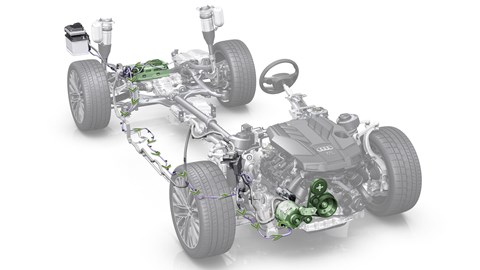
And while mild hybrids may not save as much fuel as full hybrids, several companies claim that mild-hybrid systems can improve efficiency by up to 15 per cent, as well as being cheaper to make and easier to add to a vehicle than a full hybrid setup.
How does it differ from a full hybrid or a plug-in hybrid?
You’ve probably encountered hybrids such as the fabled Toyota Prius, which is a full hybrid. This blends conventional combustion power with a more substantial battery pack and an electric motor, which allows the car to be driven for short distances on electric power alone.
Plug-in hybrids employ the same concept, using a petrol or diesel engine alongside an electric motor, but they have a larger battery pack that can be plugged in for charging. The larger battery grants increased all-electric range, and plugging it in to charge allows owners to readily employ the pure electric mode and maximise the car’s efficiency.
Best plug-in hybrid cars
Combined, these capabilities allow for improvements in a car’s fuel economy and emissions and give owners a degree of pure-electric motoring. For many buyers, this makes them an ideal halfway house between a normal car and a pure electric one; they don’t cost as much, don’t necessarily require off-street parking for charging, and they can be used just like a normal car but are more efficient.
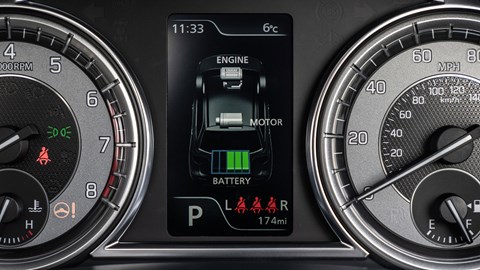
A mild hybrid, conversely, cannot be driven on electric power alone. The electric motor used might give the car a bit of a helping hand off the line, or when accelerating, but you’re not going to be able to drive silently through town using nothing but the energy stored in the battery. That said, the advantages offered, and the more accessible pricing, could make them a good option for some.
Best self-charging hybrid cars
Should I buy a mild hybrid car?
There are quite a few reasons that you might want to buy a mild hybrid car. For starters, on paper at least, they emit less carbon dioxide and are more economical than their conventional pure internal-combustion counterparts. If you’re looking to save money on running costs or are considering things such as company car benefits and congestion charging, this alone might tip things in their favour.
Compared to other low- or zero-emissions alternatives, they’re less expensive, and they are also less complicated to live with. To get the best out of a plug-in hybrid, for example, will require keeping the battery charged up – and you might not have the facilities to do that at home, or your place of work, making its plug-in capabilities and efficiency benefits moot.
Mild hybrids also drive, for all intents and purposes, just like a car that uses only internal combustion power, and you might prefer that experience to that of a full- or plug-in-hybrid alternative.
There’s also the matter of choice; many cars are not offered in full- or plug-in hybrid specification, or aren’t available with such technology and a manual transmission. Consequently, in some cases, you might find yourself opting for a new and increasingly common mild hybrid car by default.
Best mild hybrid cars